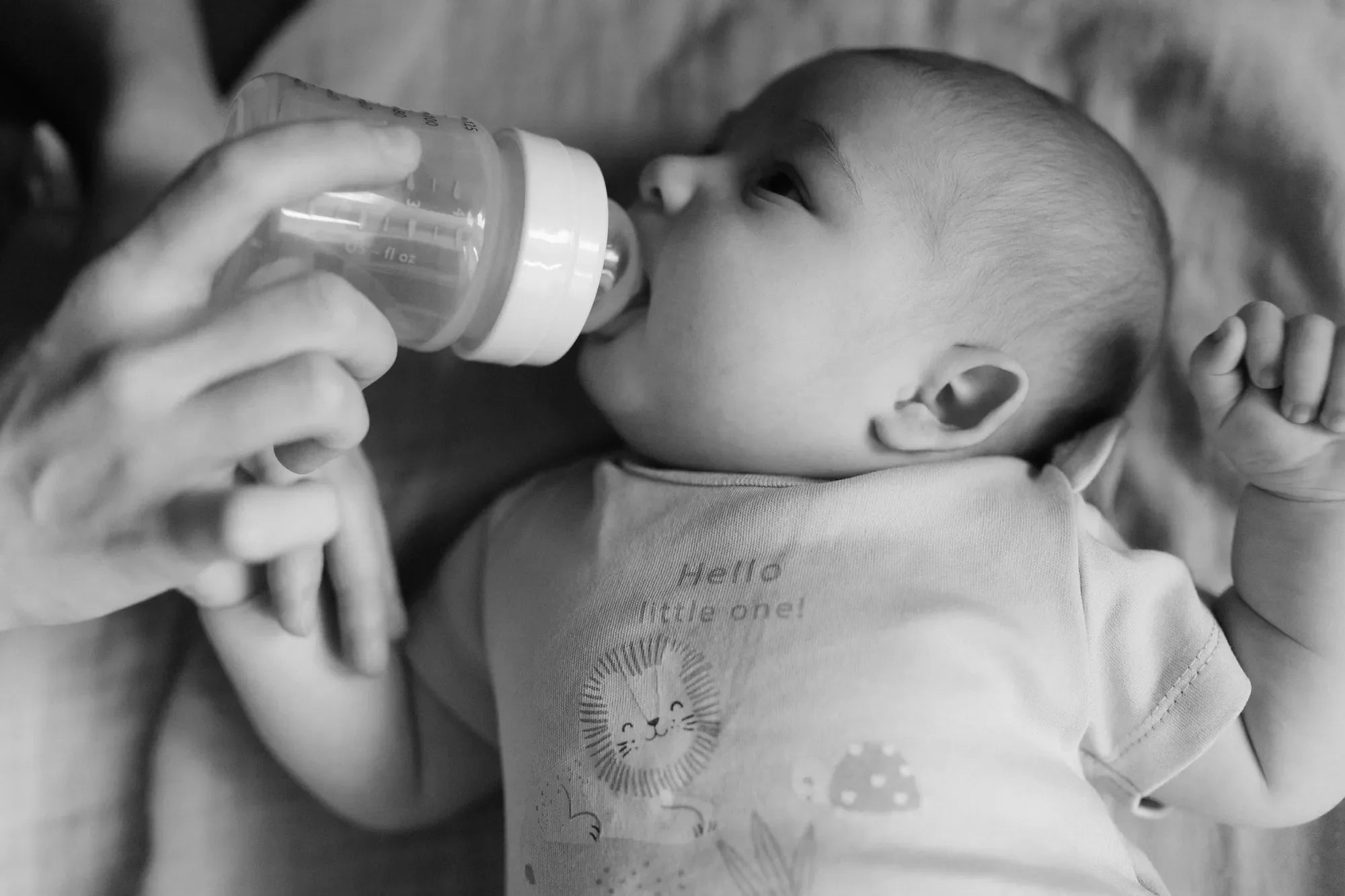Startseite
Pregnancy, Breastfeeding, and Pumping: The Ultimate Guide for Moms
Why Do My Breast Itch While Pumping: Causes and Solutions

Why Do My Breast Itch While Pumping: Causes and Solutions
Breastfeeding and pumping are essential parts of motherhood, but they can sometimes come with unexpected challenges. One such issue is the sensation of itching in the breasts while pumping. This discomfort can range from mild to severe and may leave many mothers wondering what is causing it and how to address it. Understanding the reasons behind this itchiness is the first step toward finding relief and ensuring a more comfortable pumping experience.
Common Causes of Breast Itch While Pumping
There are several potential reasons why your breasts might itch while pumping. Identifying the root cause can help you take the appropriate steps to alleviate the discomfort. Here are some of the most common causes:
1. Skin Irritation
One of the most straightforward explanations for breast itch while pumping is skin irritation. The suction from the pump, combined with the friction of the breast shield, can cause the skin to become dry, chafed, or irritated. This is especially true if the breast shield does not fit properly or if the suction level is too high.
2. Allergic Reactions
Another possible cause is an allergic reaction. The materials used in the breast pump or the cleaning products used to sanitize it may contain allergens that irritate your skin. Additionally, laundry detergents or fabric softeners used on your clothing or nursing pads could also trigger an allergic reaction.
3. Hormonal Changes
Hormonal fluctuations are a natural part of the postpartum period and can affect various parts of the body, including the breasts. These changes can lead to increased sensitivity and itching, particularly during pumping sessions when the breasts are being stimulated.
4. Thrush or Yeast Infections
Thrush, a yeast infection caused by the Candida fungus, can develop in the breast tissue and cause itching, burning, and pain. This condition can be exacerbated by the warm, moist environment created during pumping, making it essential to address promptly if suspected.
5. Engorgement or Blocked Milk Ducts
Engorgement or blocked milk ducts can also lead to itching. When the breasts are overly full or milk is not flowing properly, it can cause pressure and discomfort, including itching. This is often accompanied by other symptoms such as swelling, tenderness, or lumps in the breast.
How to Alleviate Breast Itch While Pumping
Once you have identified the potential cause of your breast itch, you can take steps to address it. Here are some practical solutions to help alleviate the discomfort:
1. Ensure Proper Fit and Suction
Make sure that the breast shield fits correctly and that the suction level is appropriate for your comfort. A poorly fitting shield or excessive suction can lead to irritation and itching. Experiment with different sizes and settings to find what works best for you.
2. Use Hypoallergenic Products
If you suspect an allergic reaction, switch to hypoallergenic cleaning products for your pump and consider using fragrance-free laundry detergents for your clothing and nursing pads. This can help reduce the risk of skin irritation.
3. Moisturize and Protect the Skin
Applying a gentle, fragrance-free moisturizer to your breasts after pumping can help soothe dry or irritated skin. Avoid using products with harsh chemicals or fragrances, as these can exacerbate the issue. Additionally, consider using a nipple cream or balm to protect the skin during pumping sessions.
4. Address Hormonal Changes
While hormonal changes are a natural part of the postpartum period, staying hydrated, eating a balanced diet, and getting adequate rest can help support your body during this time. If the itching persists or is severe, consult with a healthcare provider for further guidance.
5. Treat Thrush or Yeast Infections
If you suspect thrush or a yeast infection, it is important to seek medical attention. Your healthcare provider may prescribe antifungal medications to treat the infection and alleviate the itching. Additionally, ensure that your pump and breast shields are thoroughly cleaned and sanitized to prevent reinfection.
6. Manage Engorgement and Blocked Ducts
To address engorgement or blocked ducts, try pumping more frequently or using warm compresses to encourage milk flow. Massaging the breasts gently before and during pumping can also help relieve pressure and reduce itching. If the issue persists, consult with a lactation consultant for further support.
When to Seek Medical Attention
While breast itch while pumping is often caused by benign factors, there are instances where it may indicate a more serious issue. If the itching is accompanied by other symptoms such as redness, swelling, pain, or discharge, it is important to seek medical attention. These could be signs of an infection, mastitis, or another underlying condition that requires treatment.
Additionally, if the itching persists despite trying the above solutions, consulting with a healthcare provider can help identify any underlying causes and provide appropriate treatment. Remember, your comfort and well-being are essential for a positive breastfeeding and pumping experience.
Breast itch while pumping can be a frustrating and uncomfortable experience, but understanding the potential causes and solutions can help you find relief. By taking proactive steps to address the issue, you can ensure a more comfortable and enjoyable pumping journey. Don’t hesitate to reach out to healthcare professionals or lactation consultants for support—they are there to help you navigate this important phase of motherhood.
Teilen

